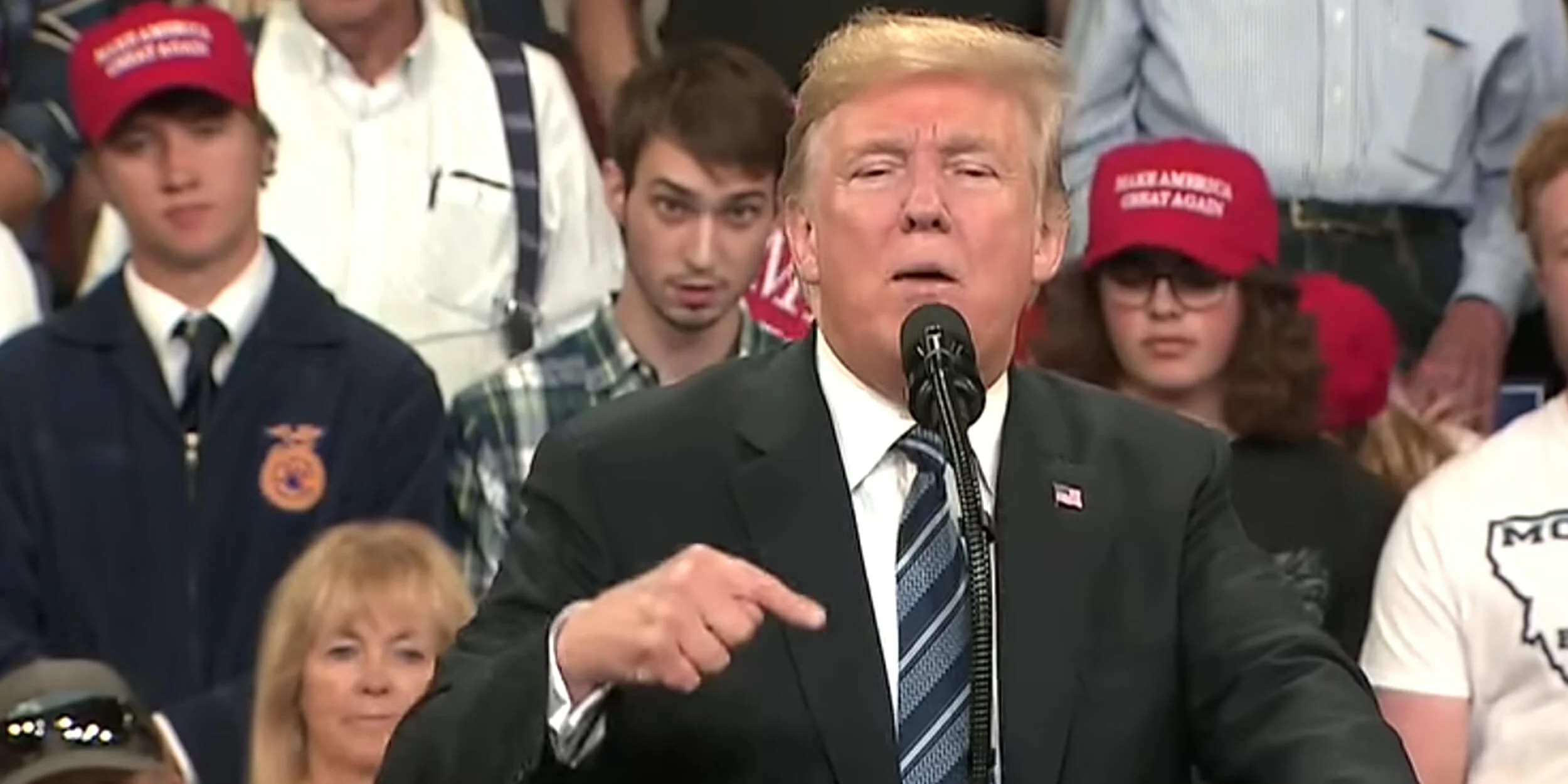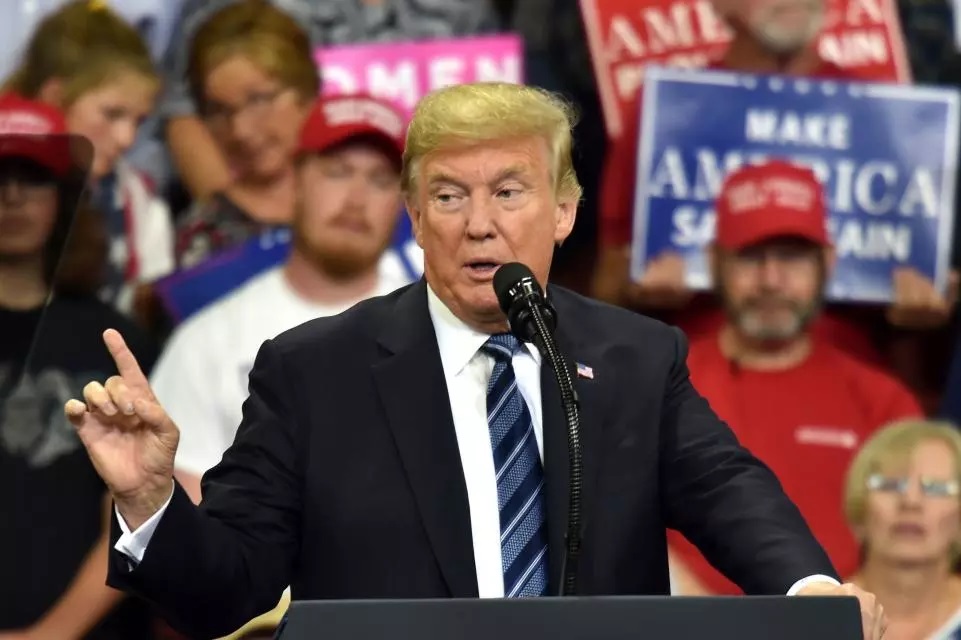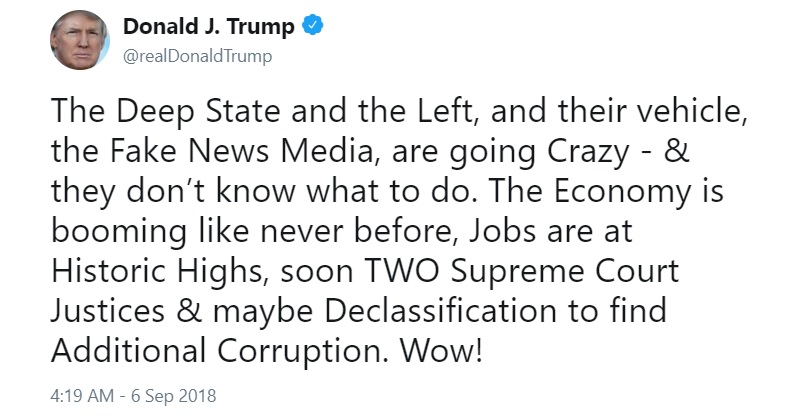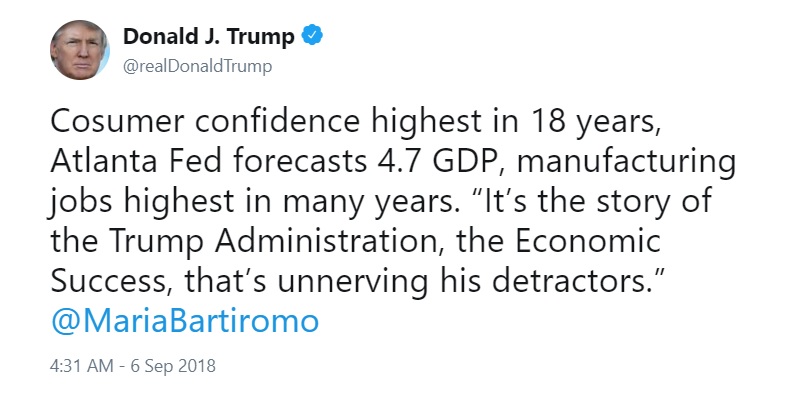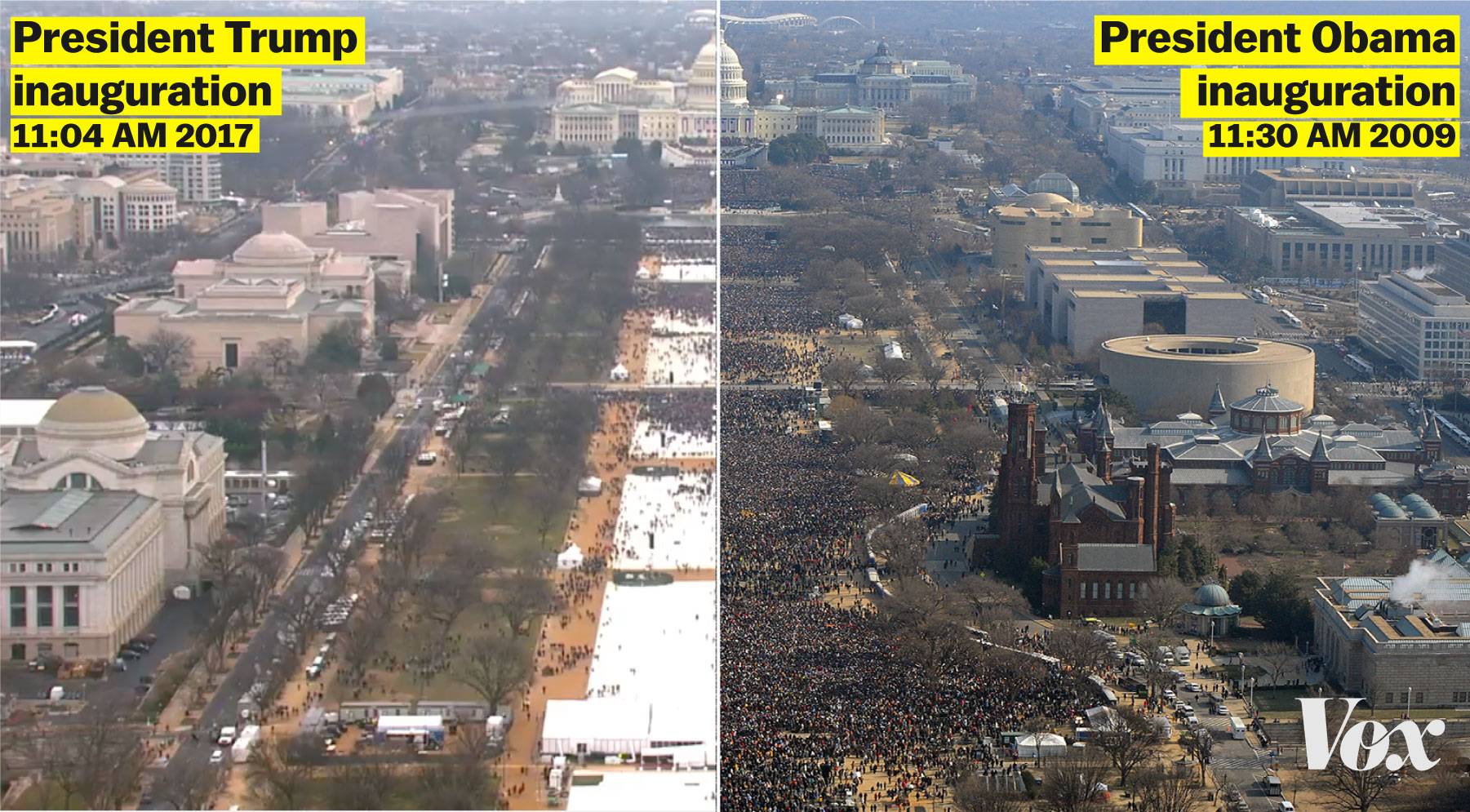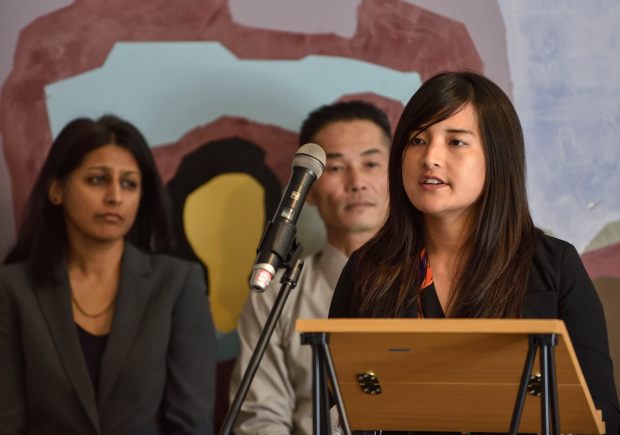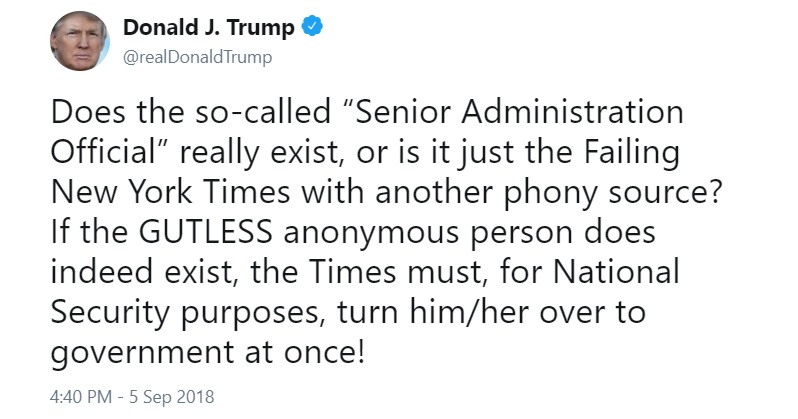A government photographer edited official pictures of Donald Trump’s inauguration to make the crowd appear bigger following a personal intervention from the president, according to newly released documents.
The photographer cropped out empty space “where the crowd ended” for a new set of pictures requested by Trump on the first morning of his presidency, after he was angered by images showing his audience was smaller than Barack Obama’s in 2009.
The detail was revealed in investigative reports released to the Guardian under the Freedom of Information Act by the inspector general of the US interior department. They shed new light on the first self-inflicted crisis of Trump’s presidency, when his White House falsely claimed he had attracted the biggest ever inauguration audience.
The records detail a scramble within the National Park Service (NPS) on 21 January 2017 after an early-morning phone call between Trump and the acting NPS director, Michael Reynolds. They also state that Sean Spicer, then White House press secretary, called NPS officials repeatedly that day in pursuit of the more flattering photographs.
It was not clear from the records which photographs were edited and whether they were released publicly.
The newly disclosed details were not included in the inspector general’s office’s final report on its inquiry into the saga, which was published in June last year and gave a different account of the NPS photographer’s actions.
By the time Trump spoke on the telephone with Reynolds on the morning after the inauguration, then-and-now pictures of the national mall were circulating online showing that Trump’s crowd fell short of Obama’s. A reporter’s tweet containing one such pair of images was retweeted by the official NPS Twitter account.
An NPS communications official, whose name was redacted in the released files, told investigators that Reynolds called her after speaking with the president and said Trump wanted pictures from the inauguration. She said “she got the impression that President Trump wanted to see pictures that appeared to depict more spectators in the crowd”, and that the images released so far showed “a lot of empty areas”.
The communications official said she “assumed” the photographs Trump was requesting “needed to be cropped”, but that Reynolds did not ask for this specifically. She then contacted the NPS photographer who had covered the event the day before.
A second official, from the NPS public affairs department, told investigators that Spicer called her office on the morning of 21 January and asked for pictures that “accurately represented the inauguration crowd size”.
In this official’s view, Spicer’s request amounted to “a request for NPS to provide photographs in which it appeared the inauguration crowd filled the majority of the space in the photograph”. She told investigators that she, too, contacted the NPS photographer to ask for additional shots.
The NPS photographer, whose name was also redacted, told investigators he was contacted by an unidentified official who asked for “any photographs that showed the inauguration crowd sizes”. Having filed 25 photographs on inauguration day, he was asked to go back to his office and “edit a few more” for a second submission.
“He said he edited the inauguration photographs to make them look more symmetrical by cropping out the sky and cropping out the bottom where the crowd ended,” the investigators reported, adding: “He said he did so to show that there had been more of a crowd.”
The investigators said the photographer believed the cropping was what the official “had wanted him to do”, but that the official “had not specifically asked him to crop the photographs to show more of a crowd”.
A summary in the inspector general’s final report said the photographer told investigators “he selected a number of photos, based on his professional judgment, that concentrated on the area of the national mall where most of the crowd was standing”.
Asked to account for the discrepancy, Nancy DiPaolo, a spokeswoman for the inspector general, said the cropping was not mentioned in the final report because the photographer told investigators this was his “standard artistic practice”. But investigators did not note this in the write-up of their interview.
The newly released files said Spicer was closely involved in the effort to obtain more favourable photographs. He called Reynolds immediately after the acting director spoke with Trump and then again at 3pm shortly before the new set of photographs was sent to the White House, investigators heard. Another official reported being called by Spicer.
At about 5.40pm that day, Spicer began a now notorious press briefing at the White House in which he falsely stated: “This was the largest audience to ever witness an inauguration – period.” A spokeswoman for Spicer did not respond to a request for comment.
The inspector general’s inquiry was prompted by a February 2017 complaint through the office’s website, alleging NPS officials tried to undermine Trump and leaked details of Trump’s call with Reynolds to the Washington Post, where it was first reported. The inspector general found no evidence to substantiate the allegations.
The Guardian asked in its June 2017 freedom of information request for the identity of the complainant who sparked the inspector general’s inquiry. But this, and the entire complaint, was redacted in the released documents.
[The Guardian]
